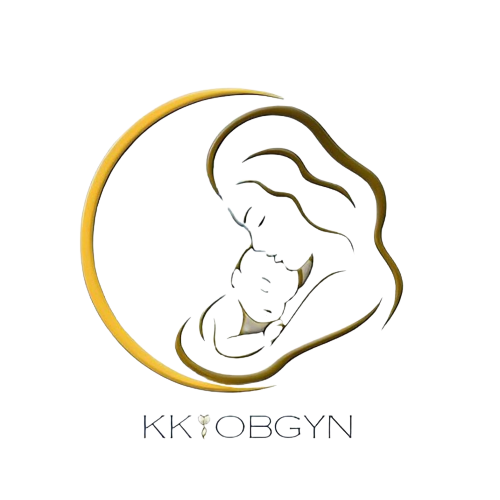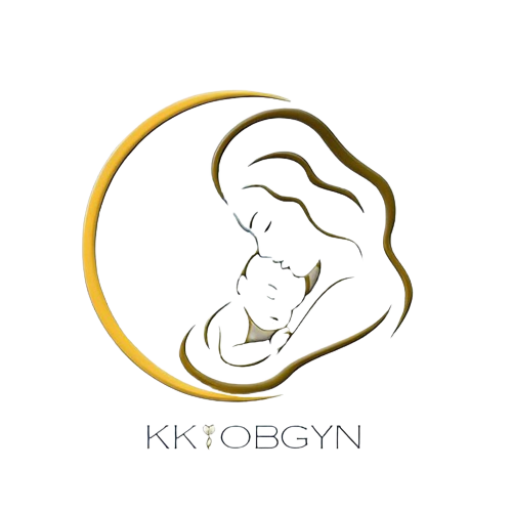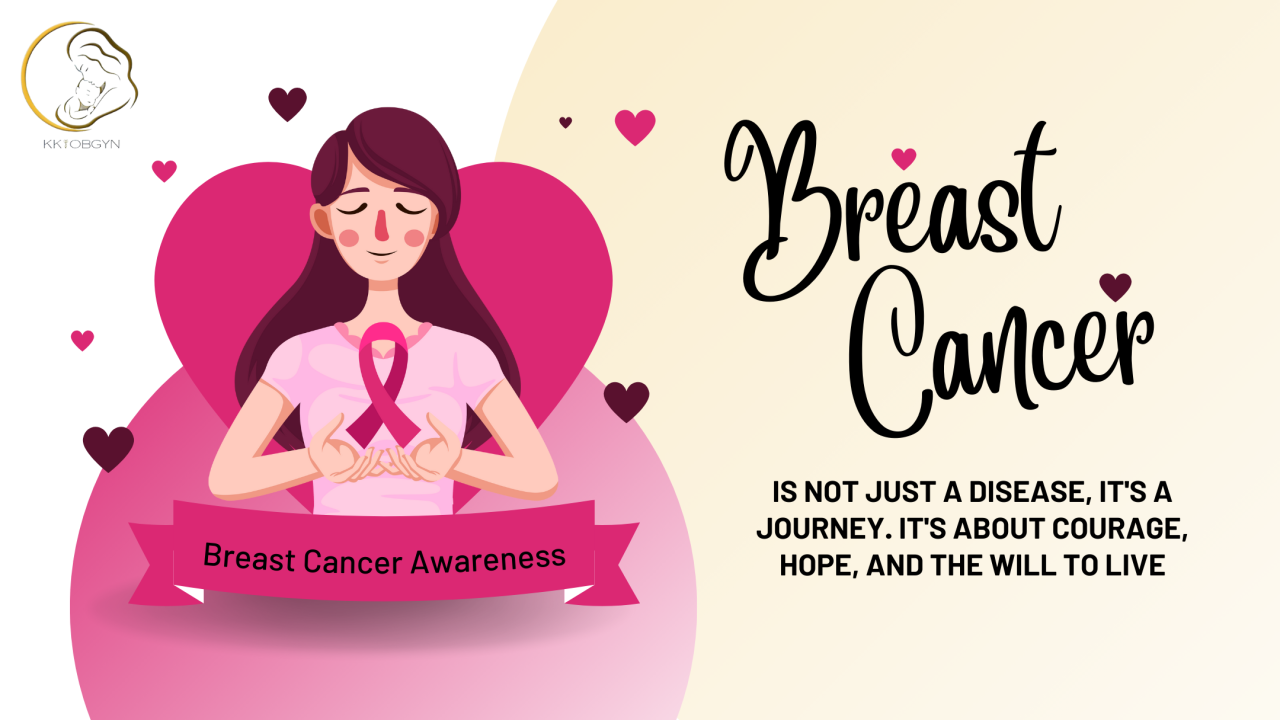Breast Cancer Screening: What You Need to Know & How To Protect Yourself
Breast cancer is the most common cancer affecting women in South Africa, with a lifetime risk of 1 in 27. Breast cancer screening is the process of checking your breasts for signs of cancer before you have any symptoms. Screening can help find breast cancer early, when it is easier to treat and may have a better outcome.
There are different types of breast cancer screening tests, such as clinical breast examination (CBE), mammography, and ultrasound. Each test has its own benefits and limitations, and not all tests are suitable for everyone. In this article, we will explain the main screening tests and how they work, as well as some important factors to consider when deciding whether to get screened.
Clinical Breast Examination (CBE)
A CBE is an examination by a doctor or nurse, who uses his or her hands to feel for lumps or other changes in your breasts. A CBE can also include checking your armpits and the area above your collarbone for swollen lymph nodes, which can be a sign of breast cancer spreading.
A CBE is a simple and quick test that does not require any special equipment or radiation. It can be done at any health care facility or clinic, such as Dr K.Y Kakudji INC. You can also learn how to do a breast self-examination (BSE) at home, which involves looking at and feeling your breasts regularly for any changes.
The main benefit of a CBE is that it can detect some breast cancers that may not show up on a mammogram, especially in women with dense breasts. However, a CBE cannot diagnose breast cancer by itself, and it may miss some cancers that are too small or deep to be felt. A CBE can also result in false-positive results, which means finding something abnormal that turns out to be harmless after further testing.
Mammography
A mammogram is an X-ray of the breast that can show abnormal areas of breast tissue. A mammogram can detect breast cancer before it can be felt by you or your doctor. A mammogram can also show the size, shape, and location of any breast tumors.
A mammogram is usually done in a radiology center or a hospital. You will need to undress from the waist up and wear a gown. The technician will place your breast between two plates that will flatten it slightly. This may cause some discomfort, but it will only last for a few seconds. The technician will then take an X-ray image of your breast. The same procedure will be repeated for the other breast.
The main benefit of a mammogram is that it can find breast cancer early, when it is more likely to be cured. A mammogram can also help determine the best treatment options for you if you have breast cancer. However, a mammogram also has some limitations, such as:
- It may not detect all breast cancers, especially in women with dense breasts or implants.
- It may show false-positive results, which means finding something suspicious that turns out to be benign after further testing. This can cause anxiety and unnecessary biopsies.
- It may show false-negative results, which means missing a cancer that is present. This can delay diagnosis and treatment.
- It exposes you to a small amount of radiation, which may increase your risk of developing cancer over time.

Ultrasound
An ultrasound is a test that uses sound waves to create images of the inside of your body. An ultrasound can show the shape and texture of your breast tissue and any lumps or masses. An ultrasound can also show blood flow in your breast.
An ultrasound is usually done in a radiology center or a hospital. You will need to undress from the waist up and lie down on an exam table. The technician will apply a gel on your breast and move a handheld device called a transducer over it. The transducer will send sound waves into your breast and receive echoes back. These echoes will be converted into images on a computer screen.
The main benefit of an ultrasound is that it can provide more information about a suspicious area found on a mammogram or a CBE. An ultrasound can help distinguish between solid tumors and fluid-filled cysts, which are usually benign. An ultrasound can also guide a needle biopsy if needed.
However, an ultrasound also has some limitations, such as:
- It may not detect all breast cancers, especially those that are very small or deep in the breast tissue.
- It may show false-positive results, which means finding something abnormal that turns out to be harmless after further testing.
- It may show false-negative results, which means missing a cancer that is present.
- It does not replace a mammogram as a screening test for breast cancer.
Factors to Consider When Getting Screened
Breast cancer screening is not mandatory, but it is recommended for most women over 40 years old. However, there are some factors that you should consider when deciding whether to get screened or not, such as:
- Your personal risk of breast cancer. Some women have a higher risk of breast cancer than others, based on their age, family history, genetic mutations, reproductive history, lifestyle, and other factors. If you have a high risk of breast cancer, you may need to start screening earlier or more often than average. You may also need to use more than one screening test or consider preventive measures such as medication or surgery. You can talk to your doctor or a genetic counselor to assess your risk and plan your screening strategy.
- The benefits and harms of screening. Screening can save lives by finding breast cancer early, but it can also cause harm by finding cancers that would never cause symptoms or death, or by causing false-positive or false-negative results. Screening can also cause physical discomfort, emotional distress, and financial costs. You should weigh the pros and cons of screening and decide what is best for you.
- The availability and quality of screening services. Not all screening tests are available or accessible in every area. You should check the availability and quality of screening services in your area and choose the ones that are most convenient and reliable for you. You should also make sure that the screening services are linked to diagnostic and treatment services, so that you can get timely and appropriate care if you have a positive result.
- Your personal preferences and values. Screening is a personal choice that depends on your preferences and values. You should consider how you feel about screening and what matters most to you. You should also respect your right to accept or decline screening, and to change your mind at any time.

How to Get Screened
If you decide to get screened for breast cancer, you should follow these steps:
- Talk to your doctor or nurse about your risk factors, screening options, and screening schedule. Your doctor or nurse can help you make an informed decision about screening and refer you to the appropriate screening services.
- Make an appointment for your screening test at a health care facility or clinic, such as Dr K.Y Kakudji INC. You can also visit https://kkobgyn.co.za/contact contact them for a booking.
- Prepare for your screening test by following the instructions given by the staff. For example, you may need to avoid wearing deodorant, perfume, or powder on the day of your mammogram, as they can interfere with the image quality.
- Go for your screening test and follow the instructions given by the technician. Try to relax and ask questions if you have any concerns.
- Wait for your scre犀利士
ening results and follow up with your doctor or nurse. You will usually receive your results within a few weeks. If your results are normal, you will be advised when to have your next screening test. If your results are abnormal, you will be referred for further testing or treatment.
Remember that breast cancer screening is not a one-time event, but a continuous process that requires regular follow-up and evaluation. You should keep track of your screening history and results, and report any changes in your breasts to your doctor or nurse.
Breast cancer screening is an important tool for early detection and prevention of breast cancer. However, it is not perfect and it does not guarantee that you will not get breast cancer. Therefore, you should also practice healthy habits such as eating well, exercising regularly, limiting alcohol intake, avoiding tobacco use, and managing stress. These habits can help lower your risk of breast cancer and improve your overall health.
For more information about breast cancer screening, visit https://kkobgyn.co.za/breast-cancer-screening/ .


